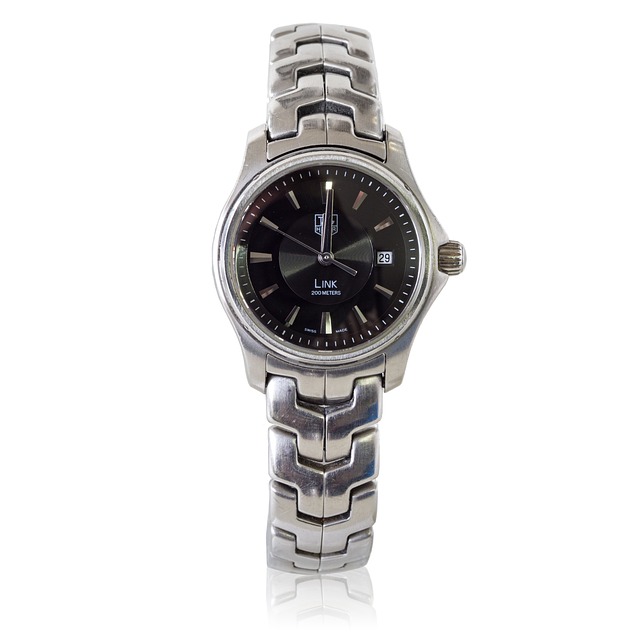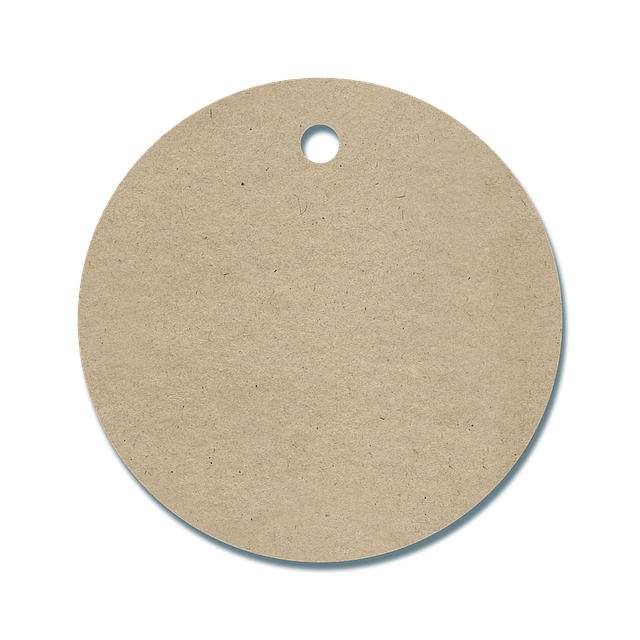Bradford Skin Tag Removal offers specialized treatments for skin tags, focusing on precise removal techniques that minimize recurrence risks, utilizing advanced technology and personalized treatment plans. Their approach includes addressing the underlying causes of skin tags through fibrovascular tissue and epidermal cell proliferation, and their methods range from cryotherapy with liquid nitrogen to electrocautery and laser treatments, all accompanied by detailed aftercare instructions. To maintain clear skin post-procedure, it's important to keep the treated area clean and dry, use antiseptic solutions as directed, avoid tight clothing, and follow a healthy lifestyle that supports overall skin health and includes a balanced diet. Regular self-examinations of the skin, stress management, and staying hydrated are also crucial for preventing new skin tags from forming. For long-term management and understanding the causes, consulting with a dermatologist is recommended, along with scheduling regular medical check-ups for early detection and intervention.
Skin tags are common, benign skin growths that often appear with age or as a result of hormonal changes. Understanding their origins and implementing effective prevention strategies can significantly reduce recurrence. This comprehensive guide explores the science behind skin tag formation and offers practical advice on lifestyle adjustments to minimize their occurrence. Delve into topical solutions that can help prevent new skin tags from emerging, and learn about professional Bradford Skin Tag Removal techniques for long-term management. Additionally, discover post-removal care tips to ensure you keep these growths from returning. With the right knowledge and approach, managing skin tags becomes a manageable task.
- Understanding Skin Tags: The Science Behind Their Formation
- Lifestyle Adjustments to Minimize Skin Tag Occurrence
- Topical Solutions for Preventing Skin Tag Recurrence
- Professional Bradford Skin Tag Removal Techniques for Long-Term Management
- Post-Removal Care and Strategies to Keep New Tags at Bay
Understanding Skin Tags: The Science Behind Their Formation

Skin tags are benign skin growths that typically occur in areas where the skin experiences constant friction or rubbing. They are medically harmless, but their presence can be bothersome to individuals who prefer a smooth skin appearance. The formation of these tags is influenced by factors such as genetics, hormonal changes, and even aging. From a scientific standpoint, skin tags arise from the growth of fibrovascular tissue and epidermal cells, which manifest as the hanging pieces of skin we recognize as tags. This process involves an overgrowth of blood vessels and collagen in a fibroepithelial stalk, which connects the tag to the surrounding skin.
Understanding the science behind their formation is crucial for effective prevention and management. Bradford Skin Tag Removal offers a comprehensive approach to addressing these growths. Their methodology includes precise removal techniques that minimize the risk of recurrence. Utilizing state-of-the-art technology, they ensure that each skin tag is eradicated at the base, which is essential for preventing regrowth. The expertise provided by Bradford Skin Tag Removal encompasses a thorough assessment of individual risk factors and personalized treatment plans, thereby reducing the likelihood of new skin tags emerging. With a focus on both immediate and long-term skin health, their approach to skin tag removal is tailored to each patient’s unique concerns and goals.
Lifestyle Adjustments to Minimize Skin Tag Occurrence

Maintaining a healthy lifestyle is pivotal in preventing the recurrence of skin tags, conditions that typically present as small, benign growths on the skin. Consistent monitoring of one’s health and making informed dietary choices can significantly reduce their likelihood. For instance, maintaining a balanced diet rich in vitamins and minerals supports overall skin health and may prevent the formation of these growths. Additionally, regular exercise contributes to healthy circulation and immune function, which can also play a role in inhibiting the development of skin tags. If you’ve previously had skin tags removed, such as through a procedure offered by Bradford Skin Tag Removal clinics, adopting these proactive measures can help safeguard against future occurrences.
Furthermore, avoiding tight clothing and maintaining a healthy body weight can prevent friction and pressure that may lead to skin tag formation. Regularly examining your skin for any changes or new growths also allows for early detection and treatment if necessary. It’s important to note that while these lifestyle adjustments can help, it’s always advisable to consult with a healthcare professional for personalized advice, especially if you have a history of skin tags. Their guidance, combined with your commitment to these healthy practices, will be instrumental in minimizing the chance of skin tag recurrence.
Topical Solutions for Preventing Skin Tag Recurrence

When it comes to preventing skin tag recurrence, topical solutions often play a pivotal role. Consistent use of products designed for skin care can help maintain the health and integrity of the skin, thereby reducing the likelihood of new skin tags forming. Among these, products like those offered by Bradford Skin Tag Removal stand out for their efficacy and safety. Their topical treatments are formulated with ingredients that target the root cause of skin tag formation, which typically involves a combination of human papillomavirus (HPV) and areas of high friction or skin folds where dead skin cells can accumulate. By applying these treatments as directed, individuals can encourage healthy cell turnover and protect their skin from conditions that lead to skin tags. It’s important to follow the guidelines provided by Bradford Skin Tag Removal for optimal results, which include cleaning the affected area before application and ensuring the treatment is applied consistently for best outcomes. Additionally, adopting lifestyle habits conducive to overall skin health, such as maintaining a balanced diet, staying hydrated, and avoiding excessive sun exposure, can further complement the use of topical solutions in preventing skin tag recurrence.
Professional Bradford Skin Tag Removal Techniques for Long-Term Management

When addressing the recurrence of skin tags, professional Bradford skin tag removal techniques stand out for their effectiveness in long-term management. These techniques are not merely a one-off solution but are designed to provide lasting relief. Dermatologists and healthcare professionals in Bradford utilize a variety of methods tailored to individual patient needs, ensuring the highest standard of care. Among these, cryotherapy, also known as liquid nitrogen treatment, is a widely adopted method due to its safety and quick results. It involves freezing the skin tag with extreme cold, causing it to fall off within a few days post-treatment. Another technique gaining prominence is electrocautery, which uses electrical energy to remove skin tags through electrocoagulation, offering a precise and immediate removal solution.
For those seeking non-surgical options, laser treatment is an effective alternative. This method targets the blood supply of the skin tag without affecting surrounding tissues, leading to its gentle removal. The precision of this approach minimizes the risk of scarring, making it a favorable choice for individuals concerned about cosmetic outcomes. In all cases, follow-up care and regular skin checks are essential components of the long-term management plan. These steps not only help in preventing the recurrence of skin tags but also ensure that any new growths are detected early, allowing for prompt treatment. By adhering to the expert guidance provided by professionals in Bradford skin tag removal, individuals can maintain clear and healthy skin.
Post-Removal Care and Strategies to Keep New Tags at Bay

Post-removal care is a critical aspect of preventing recurrence of skin tags. After undergoing a removal procedure, such as those offered by Bradford Skin Tag Remachment, it’s imperative to follow the healthcare provider’s instructions precisely. The area where the skin tag was removed should be kept clean and dry to prevent infection. Applying antiseptic solutions as recommended can promote healing while reducing the risk of scarring or regrowth. Additionally, avoiding tight clothing over the treated area and maintaining a healthy lifestyle can support optimal skin health and reduce the likelihood of new skin tags forming.
To keep new skin tags at bay, adopting a proactive approach in your daily routine is beneficial. Regular examination of your skin can help you identify any new growths early. Maintaining a balanced diet rich in vitamins and minerals, particularly those that support collagen production like Vitamin C and zinc, can strengthen the skin’s integrity. Additionally, staying hydrated and managing stress are also important factors in preventing the reoccurrence of skin tags. For those considering professional treatments like those provided by Bradford Skin Tag Removal, it’s wise to consult with a dermatologist to understand the underlying causes contributing to skin tag development and to discuss personalized strategies for long-term prevention and management. Regular medical check-ups are also advised to monitor any changes in your skin and to catch potential issues early on.
Effective management of skin tags begins with a thorough understanding of their origins, as detailed in “Understanding Skin Tags: The Science Behind Their Formation.” Lifestyle adjustments, as explored in “Lifestyle Adjustments to Minimize Skin Tag Occurrence,” can play a significant role in preventing their development. Complementary to these lifestyle changes, the right topical treatments, discussed in “Topical Solutions for Preventing Skin Tag Recurrence,” can further reduce the likelihood of new tags forming. For persistent or numerous skin tags, professional bradford skin tag removal techniques, as outlined in “Professional Bradford Skin Tag Removal Techniques for Long-Term Management,” offer safe and effective solutions that facilitate long-term management. Finally, “Post-Removal Care and Strategies to Keep New Tags at Bay” emphasizes the importance of maintaining a healthy routine following removal to ensure the best outcome for preventing recurrences. By integrating these approaches, individuals can effectively manage and prevent skin tags from returning.
